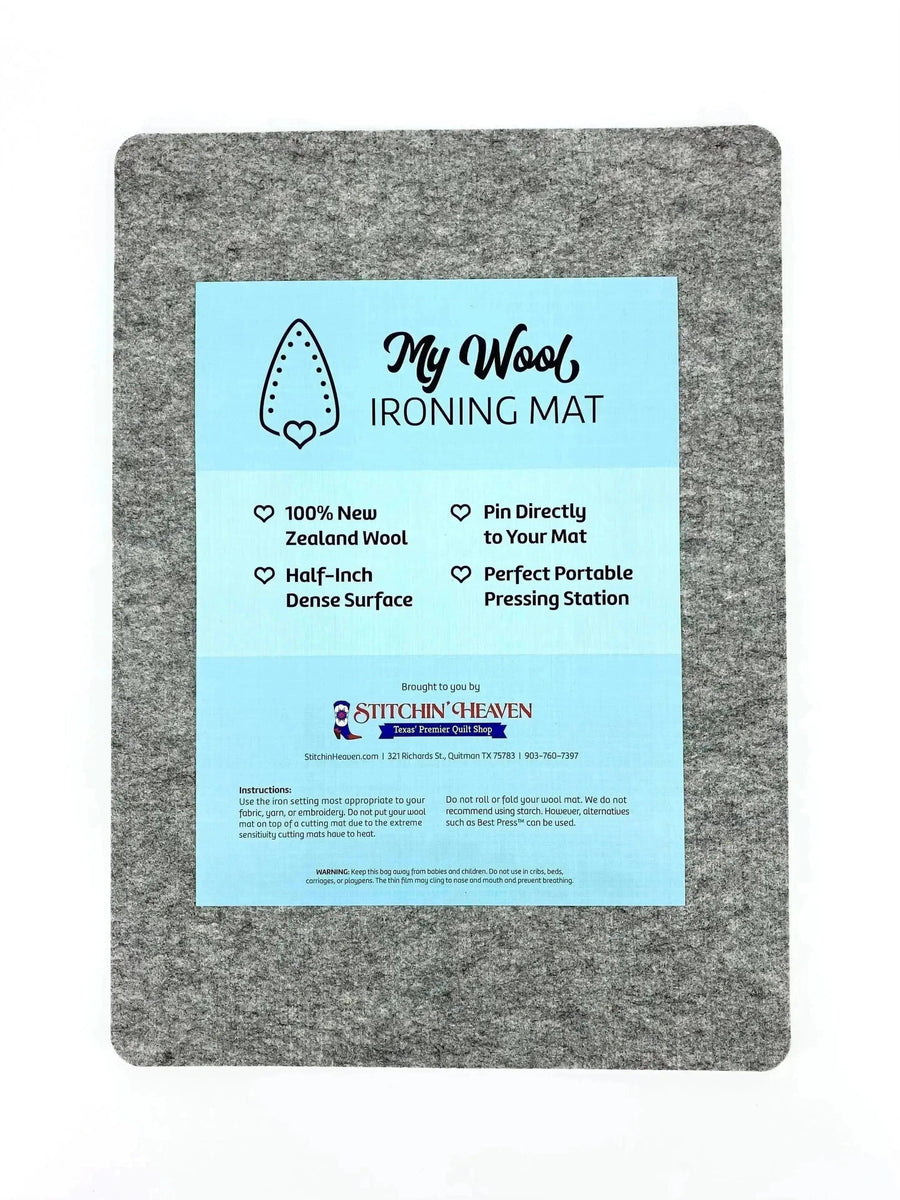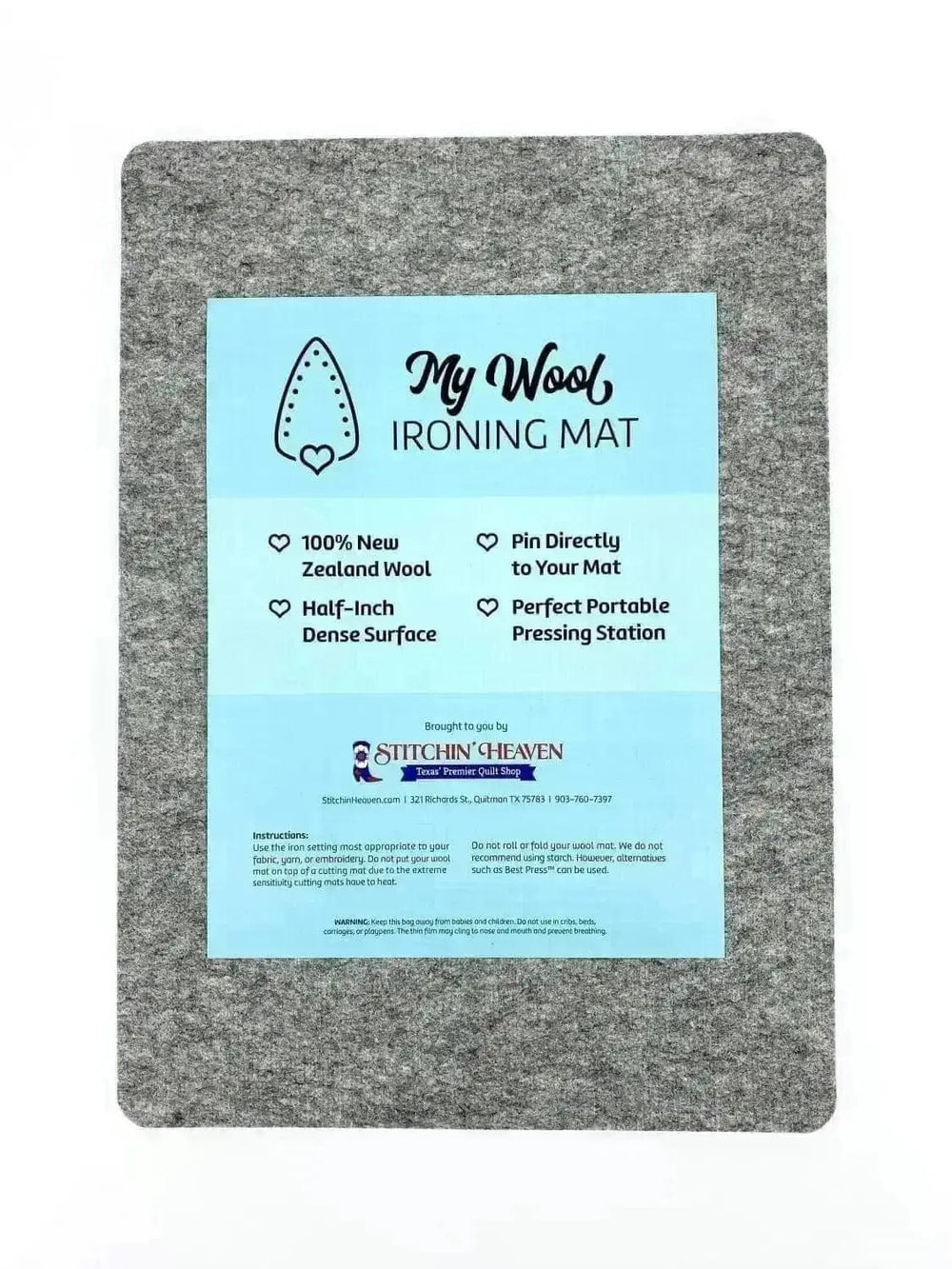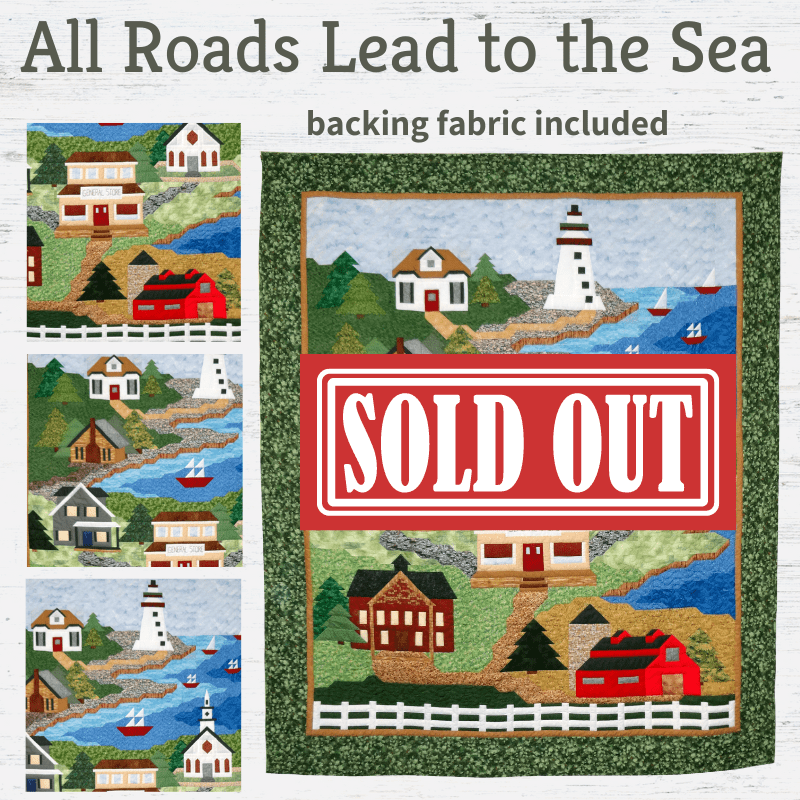Measuring for a Quilt
How to Calculate Dimensions for Quilting
Whether you’re a beginning quilter or one who’s experienced, each project comes with the need to do some calculations so you can determine the quilt dimensions. Many people don’t realize the amount of planning that goes into crafting a beautiful quilt. The quilter has to decide on the pattern and materials they will use. They need to look into the quilting squares, hexagons, half triangles, or other shaped pieces. This is why quilting is so satisfying to people who are creative — the possibilities are truly endless.
Quilting is a right-brained activity because of the creativity involved, but you’ll need to utilize the left side of your brain to get the measurements figured out. There are many factors that come into the picture when you’re planning your quilt design.
One thing’s for certain when you’re getting ready to start a quilt: You need to double-check everything. All the measurements you make and calculations you do need to be verified. The last thing any quilter wants is to get to the middle, or worse, the end of the project and realize they made an error.
Some quilters create cheat sheets or use one of the calculators that are available online. These are good backup tools but not something you should rely on. They can be useful if you want to get an idea of how much material you’ll need before you embark upon your project.
If you’re planning to make a quilt and want to find out how much you’ll need of each material, here are some tips that can help you along the way. These are useful even if you use a quilting calculator or quilt size chart, especially if you're working on a custom project that isn't the standard size covered by quilt-making websites, apps, and tools.
Determine What Size Quilt You Need
Quilts range in size from a crib quilt up to a California king size. The dimensions for each of these depend on the mattress size if it’s for a bed or on the standard size for an item. It’s possible to deviate from these standard sizes, but they serve as a good guide for most projects as long as you choose the size that’s closest to what you need.
As a guide, here are the standard sizes for some quilt projects:
-
Crib or baby quilt: 30 inches x 60 inches
-
Toddler quilt: 54 inches x 78 inches
-
Twin bed quilt: 64 inches x 88 inches
-
Full bed quilt: 78 inches x 88 inches
-
Queen bed quilt: 84 inches x 92 inches
-
King bed quilt: 98 inches x 106 inches
-
California king bed quilt: 102 inches x 106 inches
-
Throw quilt: 45 inches x 65 inches
It’s always best to plan on having an overage of 4 to 8 inches for any of these quilts. This ensures you don’t run short on supplies when you’re deep into making the quilt.
There are times when a custom quilt size is necessary. If this is the case, you should discuss the project with the recipient so you know how big to make the quilt. For example, a baby in the neonatal intensive care unit might need a quilt, but it would likely need to be smaller than a crib quilt since the bassinets in the NICU are so small.
Calculate the Amount of Material You Need
Once you know the finished size of the project, you can work to determine the dimensions of the materials. You need to decide the width of the border you want to use. This should be subtracted from the width and length. Remember that you must double the width of the border before subtracting it from the width and length of the quilt.
For example, if you plan on using a 2-inch border on a crib quilt, you'll factor it as follows:
-
Multiply the 2-inch border by 2. This comes out to 4 inches.
-
Subtract that result from each dimension. 30 - 4 = 24, 60 - 4 = 54. This makes your working area for quilting blocks 24 inches x 54 inches.
-
Plan your quilting blocks according to that space.
Determining how many quilting blocks you need is a bit more in-depth. You have to measure the blocks so you know the width and length of each. This is easy with squares but a bit more complicated with other shapes.
Let’s assume your block size is 6 inches x 6 inches. You can factor out how many you need by doing this:
-
Divide the width of the work area by the width of the blocks. 24 / 6 = 4
-
Divide the length of the work area by the length of the blocks. 54 / 6 = 9
-
Multiply the results of the first two steps. 9 x 4 = 36
Remember, you also have to plan for the overlap that occurs when you sew the quilt top together.
Now, you have to determine how much batting and backing you need. This is measured in yards. In order to do this, you must know your finished quilt top measurements.
-
Add 8 inches to the width and length of the finished quilt top. For the crib quilt, that means you’d add 30 + 8 = 38 and 60 + 8 = 68.
-
Add the two results together. 38 + 68 = 106
-
Divide that result by 36. 106 / 36 = 2.94
-
Round up to the nearest 1/4 yard. You’ll need 3 yards of batting and 3 yards of backing.
The width of the backing and batting is important when you're figuring fabric yardage needs. If your finished quilt is more than 42 inches wide, you’ll have to plan to have a 1/2-inch seam allowance along the back. Typically, it’s better to have a bit more backing and batting than you think you’ll need.
Factors That Impact the Calculations
The elasticity of the material you’re using for the quilt can have a direct impact on how much you need. You should be sure not to stretch the materials while you quilt. Stretching the material can lead to it pulling, which will produce a rippled finished quilt. This looks unsightly and isn’t usually a professional appearance for any quilted project.
The amount of fold-over you need for each quilted component also affects how much material you'll need. Smaller quilting squares means you’ll have more fold-over since there are more areas where the squares will join. Also, consider the shrinkage of the quilt blocks and other materials when you're trying to determine how much of each material you'll need for the size of your quilt.
The width of the border is another factor you should consider. While it doesn’t affect the overall amount of material you need, it might have an impact on how much of a specific fabric you need. This is the reason it’s important to layout the quilt before you finish it. You can ensure you have ample material and your pattern is visually appealing.
Ensure You Have the Best Supplies
One thing that can impact the amount of each of the supplies you’ll need for your quilt is the quality of the materials and equipment you use. Because of this, you must be sure you choose the best items for the job.
-
Cutting Mat: Your cutting mat can affect the cuts you make to the fabric, so ensure your cutting mat doesn’t have deep gouges that will make your cuts uneven. Some of these have grids that enable you to measure the supplies. If you use this as your measuring tool, use it for everything related to the project for consistency. You may also opt to use a ruler to measure, but don’t go back and forth between the cutting mat grid and the ruler.
-
Rotary Cutter: Your ability to piece together a high-quality quilt depends in part on the sharpness of the cuts. The rotary cutter you choose for your project should be sharp to produce those good straight lines. A dull rotary cutter can damage the edges of the fabric in a way that will require you to replace the fabric in the middle of the project.
-
Sewing Machine: Sewing a quilt requires consistency and complete attention to detail. The stitching that’s done by a sewing machine created specifically for quilting will appear crisp and professional. A consistent design is more appealing.
-
Fabrics: You should always choose high-quality fabrics. Choosing fabrics that are too thin comes with the risk of them tearing while you’re quilting. They also don’t provide the recipient of the quilt with the longevity of use they might expect. Always try to use fabrics that are durable so you don’t have to worry.
The professionals at Stitchin’ Heaven are here to help quilters find the proper supplies for their quilt. We offer professional supplies and equipment that can make even DIY quilting a bit easier. Once you decide on the concept and specifics of the quilt you want to create, we can guide you through finding what you need. Our vast selection means we have something for everyone.





